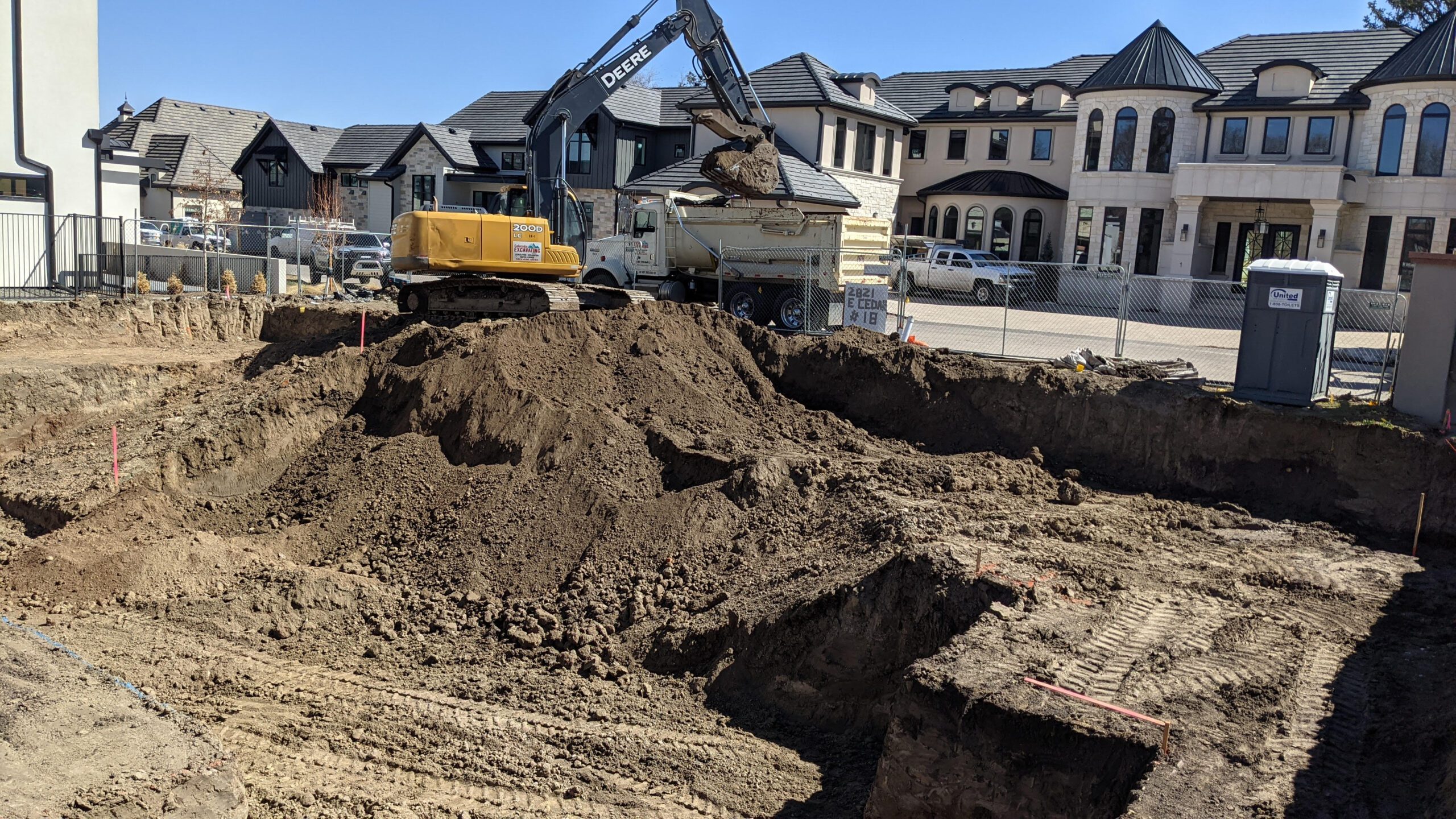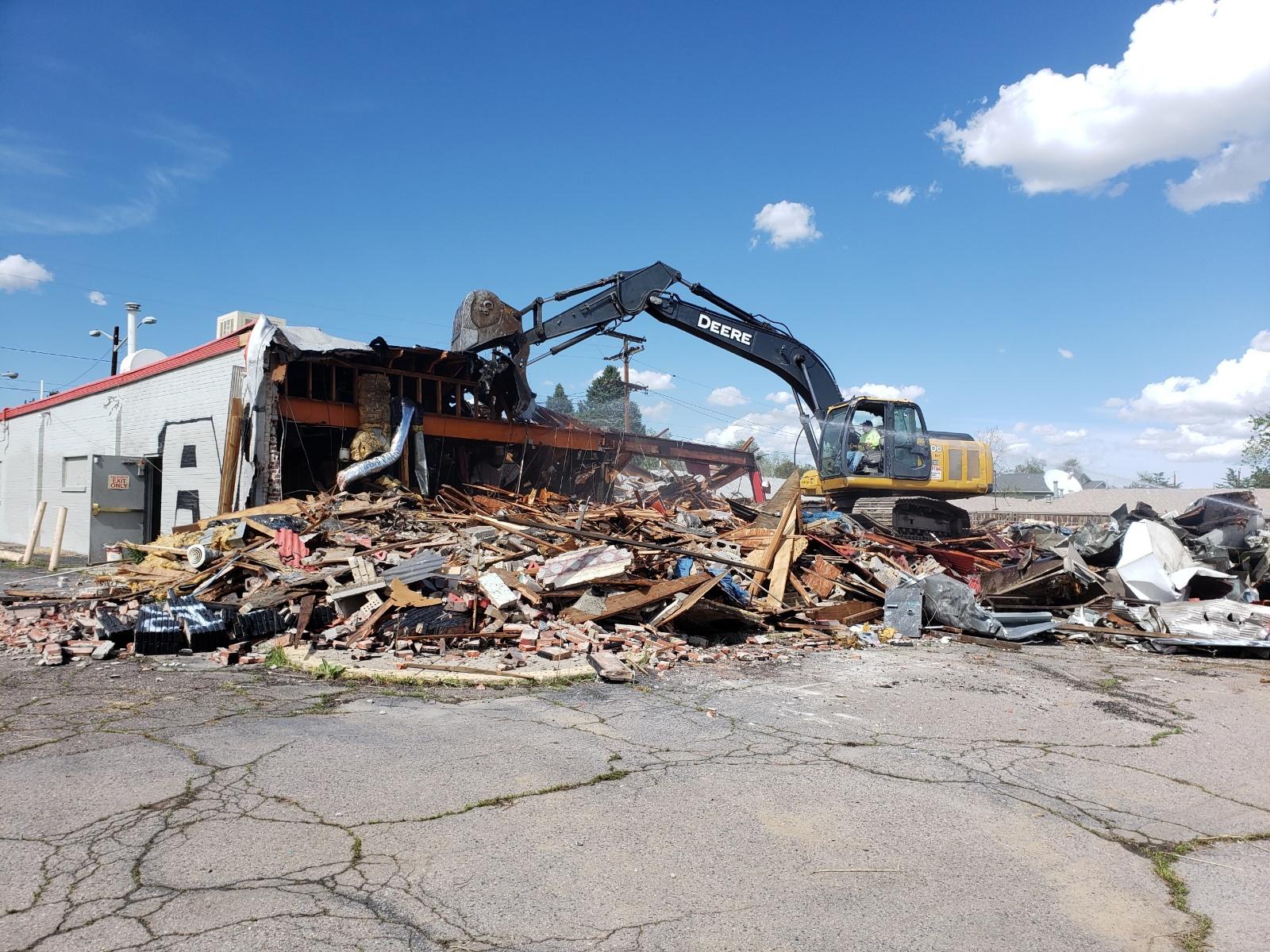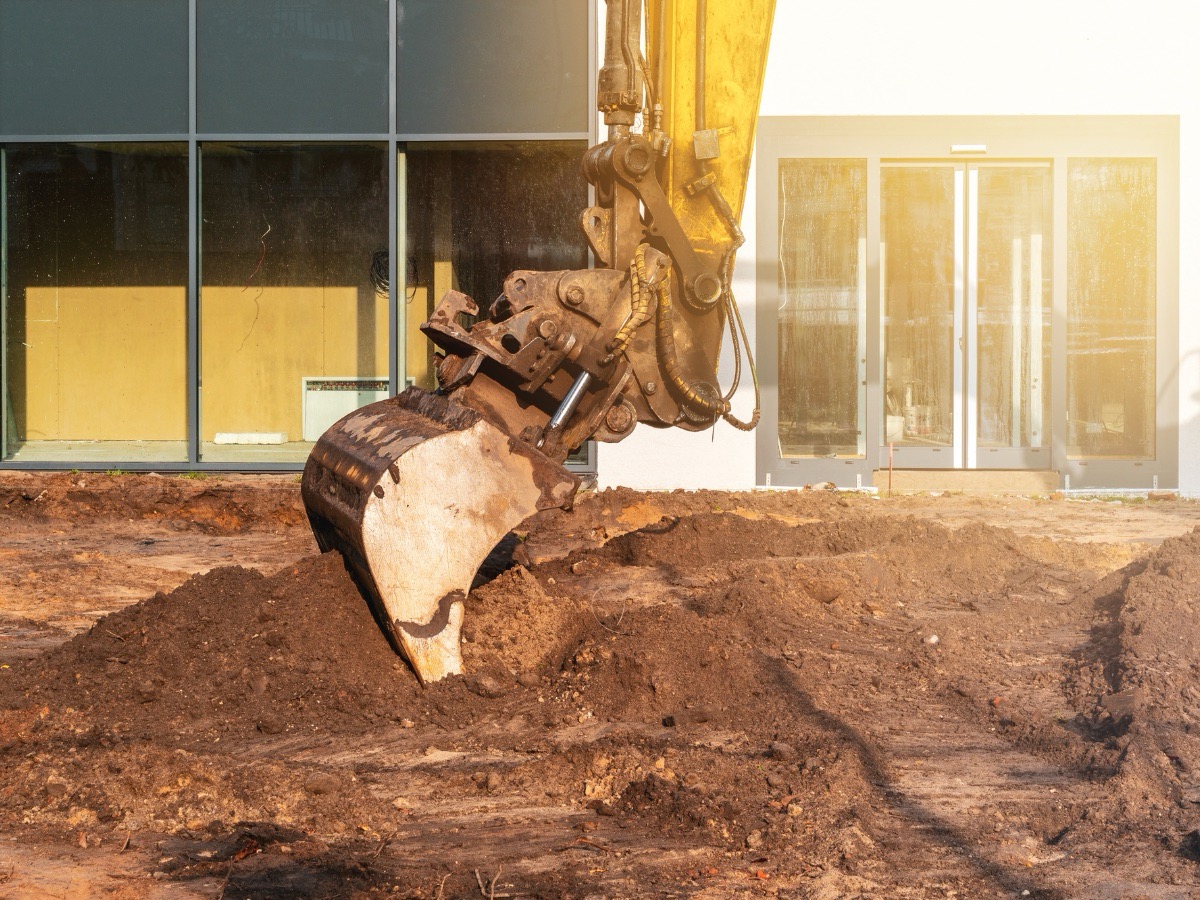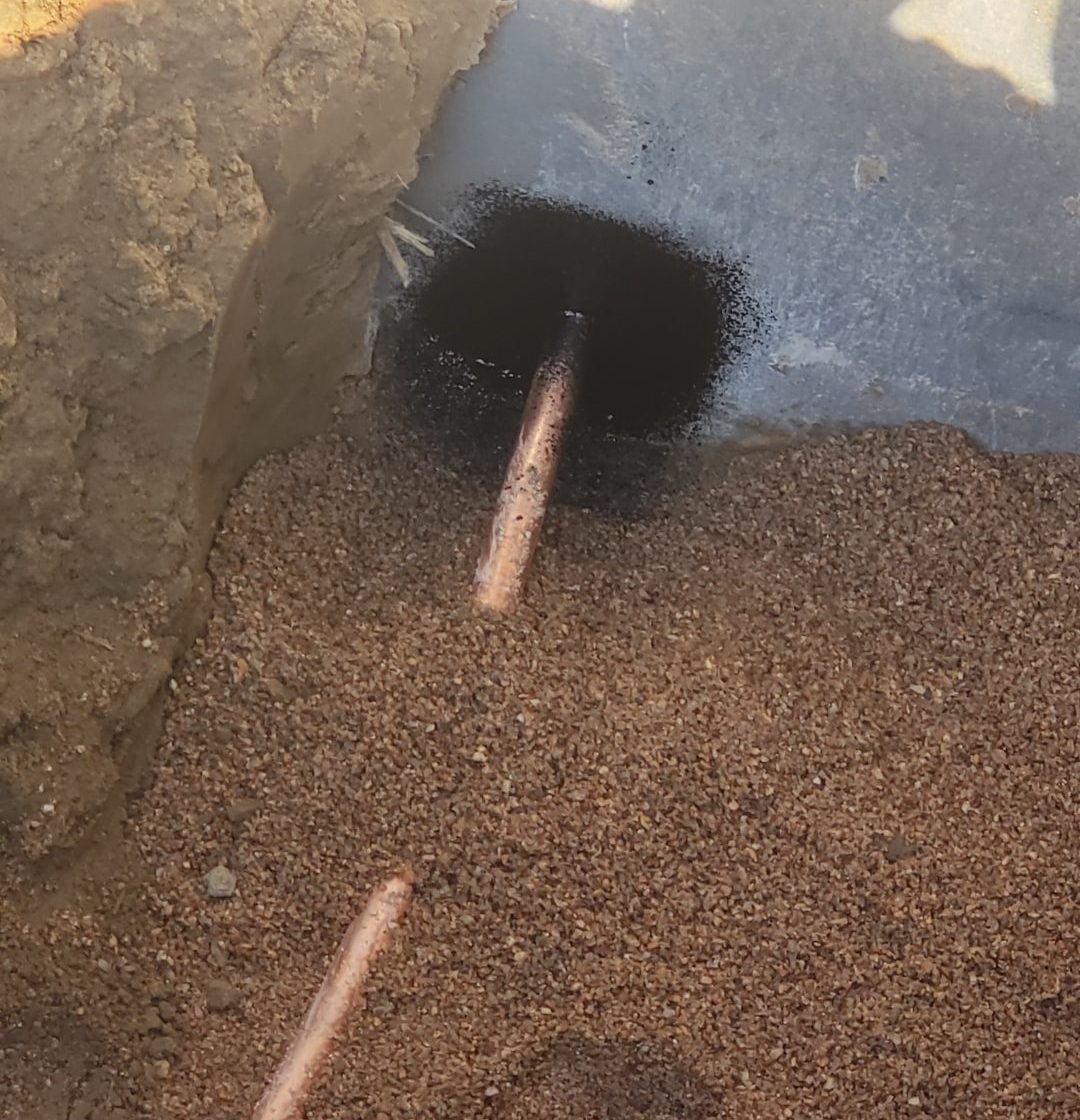Home

Denver’s #1 Choice
for Excavation
At Colorado Excavating we treat you, our customers, as our number one priority. Our technicians are not only highly trained and professional but also honest and friendly. We stand behind our guarantee of quality services with a 100% satisfaction guarantee on all services.
Contact
"*" indicates required fields









